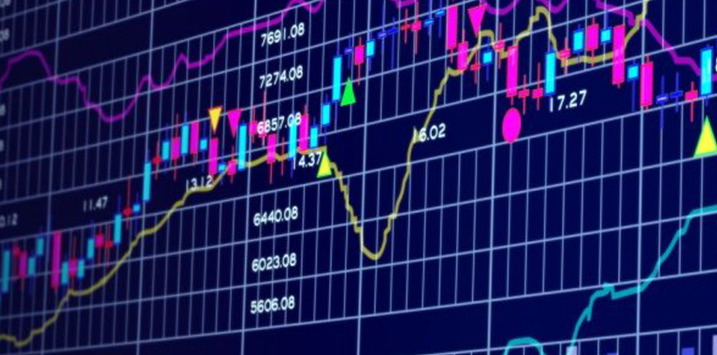
What Do Trades by Insiders Tell us?
Most days you’ll see a company announcement about a director either cutting or boosting their shareholding. These transactions often raise eyebrows. After all, they must know something that we don’t, right? So, should you sell when they sell, and buy when they buy?
It is hard to argue with the idea that the board and management of a company have superior access to information about the company than the average investor. It follows that share trading by these insiders may be able to tell us something about the prospects of the business, and there have certainly been cases in the Australian market where share trades by insiders have proven surprisingly…. prescient.
On the other hand, insiders can have entirely legitimate reasons for transacting in the shares of the companies they lead, and the risk of incarceration provides some meaningful restraint on the misuse of inside information. Taking all of this into account, how much notice should you pay to the share transactions of company insiders?
Over the years, academics have had a go at answering this question, and the results have tended to be a bit mixed. While some studies report a relationship between insider transactions and future investment returns, others do not. Intuition tells us there must be something there, and the data is broadly supportive, but not as supportive as you might anticipate.
In our view, this field of enquiry took a useful step forward with the publication of a paper by Lauren Cohen, Christopher Malloy and Lukasz Pomorski in 2012, entitled “Decoding Inside Information”. In this paper, the authors identify two types of insider trading: a predictable, identifiable, “routine” trading that is not informative, and an “opportunistic” type of trading that is rather more interesting.
A good example of routine trading is an insider who buys stock at the same time every year. For example, if a manager receives a bonus in February each year, and has an incentive to reinvest some of it into company stock, we might see them in the market for shares at the same time every year. As investors, if we see that same manager buying shares next February, that is probably nothing to get excited about.
Cohen et al find that if you strip out “routine” trades (which account for about half of the trading activity), the remaining “opportunistic” trades are worth paying attention to, and a strategy of following the lead of opportunistic traders could generate meaningful (but not overwhelming) returns.
It follows that paying attention to insider share trades is worth doing but, like many things, needs to be done thoughtfully. The specific circumstances of the trading need to be considered, and while insider trading can contribute to an investment thesis, it probably shouldn’t be relied on as a thesis of itself.
A classic recent example of an “opportunistic” type of trading must surely be Jamie Dimon’s huge purchase of stock in JPMorgan Chase & Co in February of this year when financial stocks were tanking in one of the market’s recurrent hissy fits.
That purchase marked the very low in that sector of the market and financials have been on an upward trend ever since.